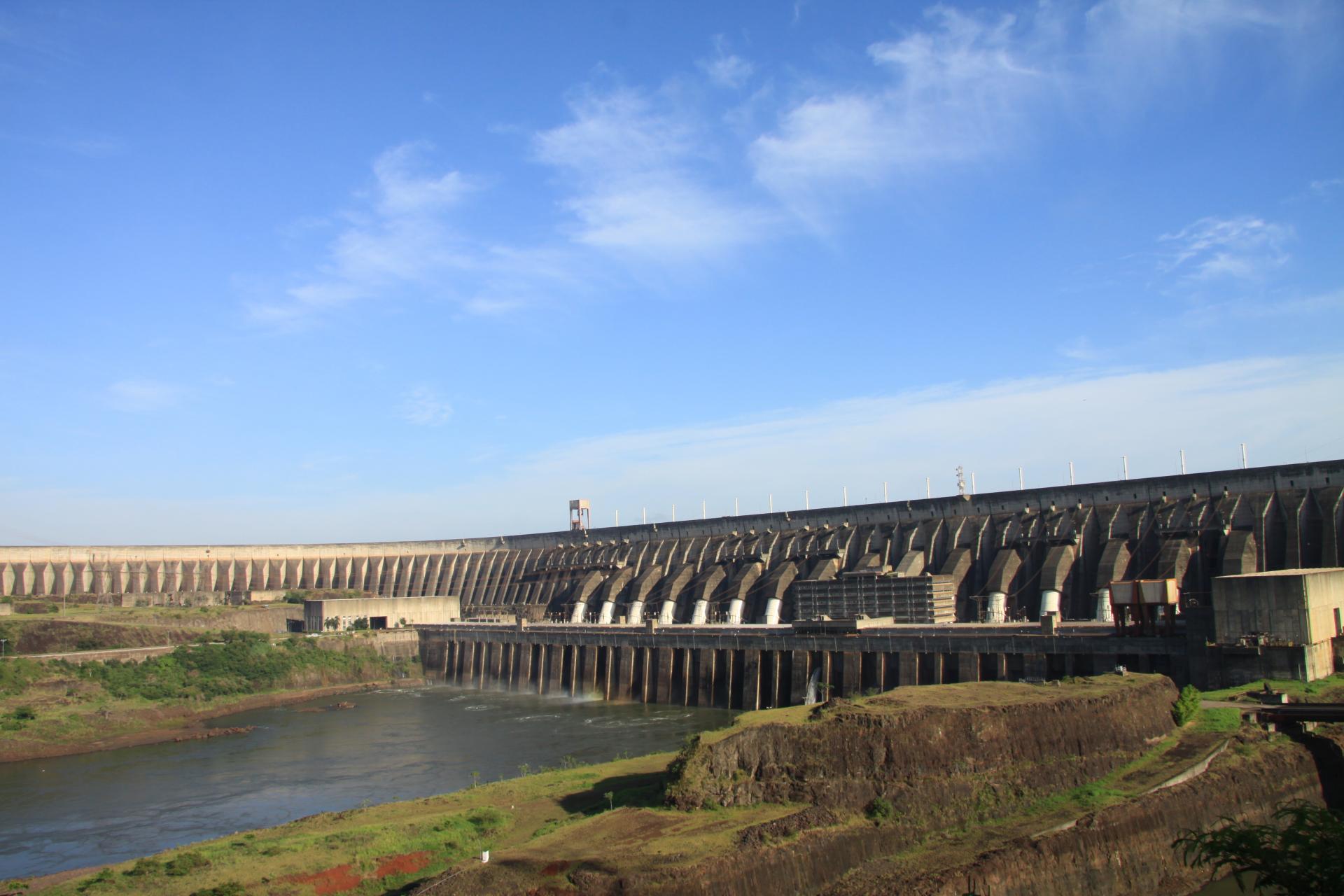Environmental Protection in Brazil – What is Being Done?

Brazil is about 86.6 percent the size of the US and covers almost half of the South American continent. The country boasts the largest rainforest in the world, the Amazon. Its species-rich nature and wildlife is a highlight on every trip to Brazil. The "green lung of the earth" is able to store huge quantities of CO2 and is therefore extremely relevant in the fight against climate change. In the meantime, however, this seems less and less the case. Studies show that parts of the Amazon basin release more carbon dioxide into the atmosphere than they absorb. The reason for this is the large-scale deforestation and slash-and-burn operations that take place in the region. The current government under Jair Bolsonaro is promoting this approach by prioritizing economic interests over environmental protection. Most recently, the President legalized around 300,000 illegally occupied areas used for commercial agriculture and logging. Agricultural land use and forest destruction are responsible for 70 percent of the country's emissions.
Nevertheless, Brazil has long been considered a pioneer in climate protection. Starting with the UN Conference on Environment and Development held in Rio de Janeiro in 1992. In this article we would like to present some positive actions that the country is undertaking to protect the environment.
Power generation
The fifth largest country in the world is a role model when it comes to power generation. 85 percent comes from renewable resources, a global top value. While in Brazil in 2019, only 11 percent of electricity was generated from fossil fuels, in the US it was around 61 percent. The largest source of energy is hydropower. The huge hydroelectric power plant Itaipú near the Iguaçu Falls has been in use since 1991 and covers 25 percent of Brazil's electricity needs. But the natural conditions also favor electricity generation from wind power and solar energy. Over the past ten years, Brazil has been among the top three countries in the world for investments in wind energy. Renewable energies were able to maintain their growth course even during the corona pandemic.
Brazil's waste concept
In 2010, Brazil introduced a law to reorganize waste disposal. All illegal dumps should be closed. But 2,500 of these dumps still exist today and emit harmful gases. In order to stop the growth of these mountains of rubbish, Brazil's universities are now offering courses in waste management. The aim is a national waste policy. The best example is the largest open garbage dump in Latin America near the Brazilian capital Brasília. The dump was closed at the beginning of 2018 and replaced by a modern sorting plant. Former garbage collectors were trained and now receive a steady income. The company's processes are being optimized together with engineers and students in order to be able to filter out as much recycling material as possible from the waste. The project is intended to be a model for other Brazilian cities. This way, Brazil wants to improve its recycling rate.
“Fridays for Future” – Brazil's youth for climate protection
The climate protection movement “Fridays for Future” has gained immense importance in Brazil in recent years. “Fridays for Future” is particularly popular in the wealthy countries of the world. In Latin America, the movement is not as active as it is in Europe. The reason for this are social issues, such as access to education and health and the security situation, which take precedence for the Brazilian population. The topic of environmental protection has not yet made it into the public eye. But that is currently changing. The Brazilian youth would like to be more involved in the processes related to climate policy and is demanding a say when it comes to their future. The movement recently wrote an open letter to US President Biden, in which it denounced Bolsonaro's environmental policies. The letter made it into the Brazilian media and was quoted internationally.
Indigenous environmental protection
Studies show that indigenous communities maintain their habitats exceptionally well. Moreover, far greater biodiversity exists in territories administered by indigenous peoples. This is mainly due to the sustainable way of life of the indigenous peoples and their claim to live in harmony with nature. They try to preserve their traditional habitats with numerous projects. One example is the project “Kaapora”. Indigenous communities are working with non-governmental organizations to restore the forest in the Amazon. This approach is followed by the Kaingang in Southern Brazil which reforest the land with the native tree species araucaria. The tribe of the Ashaninka has set up their own cooperatives. With their traditional cultivation of fruits and vegetables they provide food for several communities and pass on their knowledge of sustainable agriculture to non-indigenous villages. In this way, they teach respect for nature to the outside world. And more and more indigenous influencers are campaigning on social media to fight climate change.
The many innovative projects and ideas as well as the strong commitment of civil society show that protecting the environment is taken seriously in Brazil and is a priority for the population. Convince yourself during a vacation in Brazil of the exceptional nature of the country worth protecting!
Sources: www.dw.com, www.gtai.de, www.wwf.de

